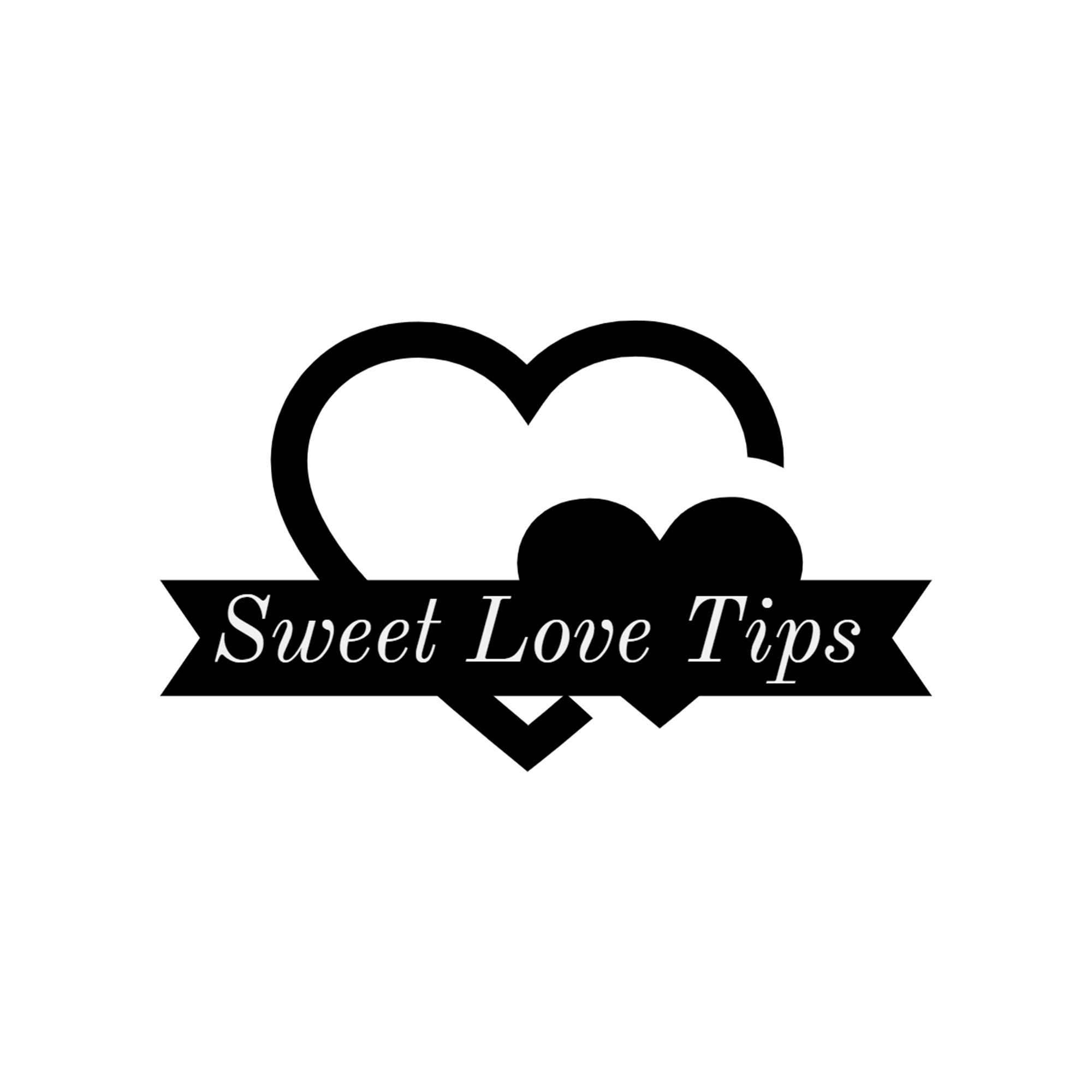Have you ever stopped mid-shower and looked closely at your bath towel, wondering about those bands or ridges woven across the fabric? Most people never think twice about them—but the mysterious lines on towels aren’t just for looks. These subtle patterns, often seen as textured strips near the edges or in the middle of a towel, have a real purpose that goes beyond style. In fact, they’re the result of intentional design choices made by towel manufacturers to enhance function, durability, and usability.
In this post, we’ll dive deep into the fascinating world of towel design, uncover the history and reasoning behind those mysterious lines, and show you how they improve your daily hygiene routine.
🧵 What Are These Lines on Towels?
The mysterious lines on towels are usually made by a technique called dobby weaving, where a loom is programmed to create a different weave pattern than the rest of the towel. This results in horizontal or vertical ridges, borders, or bands that may feel flatter, smoother, or even slightly tighter than the fluffy surrounding pile.
You’ll often find these lines:
- Across both ends of bath towels
- In the middle of hand towels
- As decorative borders on washcloths
But they’re far from being just decorative.
🧠 Why Are These Mysterious Lines Important?
1. Prevent Fabric Stretching and Distortion
The dobby weave lines help towels maintain their shape after multiple washes. Because the pile (those fluffy loops that absorb water) can stretch out or fray over time, these tighter woven sections act as reinforcements to keep the towel structured and reduce fraying.
2. Easy Folding and Storage
These lines make folding easier. When manufacturers add lines in precise places, they guide natural folding points. This makes it easier for you to fold towels neatly and consistently—especially important in hospitality or home organization.
3. Aesthetic and Branding Purposes
Manufacturers often use unique dobby designs as part of their brand signature. It gives towels a recognizable, premium look and allows brands to stand out. These designs may also align with luxury aesthetics in hotels or spas.
4. Drying Efficiency
While the lines themselves aren’t absorbent, their placement helps increase air circulation when the towel is hung to dry. That reduces drying time and prevents musty odors.
5. Functional Segmentation
Some towels use different textures to help identify different uses—like drying your face vs. your body. Subtle line designs can help users remember which side they used for what, especially on larger towels or shared ones.
🏛️ A Brief History of Towel Design
Towels originated in Turkey centuries ago and became popular in the West in the 17th and 18th centuries. As weaving technology improved, manufacturers began experimenting with decorative weaving—introducing borders and lines as both functional and aesthetic features. With the rise of terry cloth in the 19th century, dobby weaving became a standard in towel production.
Today, those mysterious lines on towels remain a quiet nod to this long history of craftsmanship and innovation.
💡 How to Care for Towels with Dobby Lines
- Avoid Overdrying: High heat can cause dobby borders to shrink more than the towel body.
- Fold Along the Lines: Use them as natural folding guides for consistent storage.
- Wash Separately: Towels with intricate weaves should be washed with similar items to reduce snags.
🚫 Common Misconceptions
- “They’re just for looks.”
Not true—while stylish, the lines serve multiple hidden purposes. - “All towels have them.”
Not all do. Budget or low-quality towels often skip dobby weaving to reduce manufacturing cost.
🛍️ Buying Tip: Look for the Lines
When shopping for high-quality towels, inspect for these features:
- Reinforced dobby lines
- Even spacing and stitching
- No loose threads at the pattern edges
This is a clear indicator of durable, thoughtfully made towels.
🧼 Final Thoughts
The mysterious lines on towels are a brilliant blend of form and function. From improving durability to guiding your folding technique, they represent a subtle but powerful example of how small design elements can elevate everyday products. So, the next time you dry off, take a moment to appreciate the careful craftsmanship woven into every loop—and every line.









